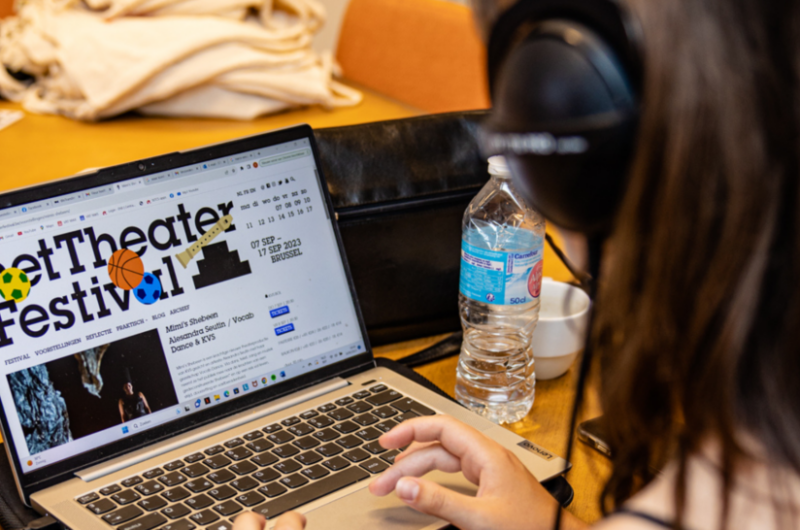
Stage: communicatie & sociale media
13 Maa 2024
za 09 sep 2017
On a sunny Wednesday afternoon, I met with dramaturge Gerardo Salinas in KVS. After MAPing Mechelen and MAPing Antwerp, MAPing Brussels was created. The director of the Brussels edition is Junior Mthombeni, also known from Malcolm X. I was curious to hear more about MAPing Brussels and asked Gerardo what to expect during the performance walk on the closing weekend of The TheaterFestival.
Nina Vurdelja

With MAPping Brussels you are offering a new take on the creative city. What makes your approach unique and different?
In MAPping, we are looking for art that creates a new city, wishing to explore the artistic possibilities in the environment we live and work in. The main idea is to come closer with people from a different (art)community. We also set a new function for art: to communicate with people working in different poetics, to connect and create a heritage for the future.
Why Brussels?
If you look around you, there are people from everywhere living and working in Brussels. They are together, but, in a way, they are not. We encourage people to look at the beauty from another perception, another experience. There are many different scenes in the city, each with their own sensibility and own language. So we made a map, helping people to discover different layers of the city and to connect among themselves.
How did you create the map, can you explain the process?
We started by searching for different art networks in the city, identifying disciplines, and then groups and individuals. It took us three years, since it has been the process of the collective creation and the consensus; we looked for a common ground. There are nine artists and a much bigger group of collaborators, producers, institutions… The first step was to make an individual biographical experience of the city: how you are using the city, how do you live in the city. Teams indicated some important concepts in the city, starting from the very physical experience of moving through the city. The second step was the publication and, eventually, the performance reenacting all these different layers and realities. MAPping is our way to get physical with the concepts in and about the city, that we – should – talk about. In the end we had discussion; we sometimes did shout at each other, but after all we had a great time together!
What are the main phenomena that you point out with MAPping and why are they important?
We are moving from different concepts: the feeling of being watched, safety, fear, hospitality, the need to be taken care of. But it also concerns gentrification, racism, fear and much more. What makes it all more significant is the process of negotiation: what of this is true and for whom?
Do the same concepts arise in different communities and layers of the city, or not?
Approaching the end of the project, how do you see the city of Brussels now and in the future?
As we say in our manifesto, the city does not exist; it has been charted from collective repeated performances, on a daily level. We are the ones who create the city. A city is created by parallel realities that exist next to each other but rarely meet. With MAPping we used artistic tools and logic to break these realities and to allow differences to meet. We create these fancy lenses to look through the eyes of the other. We worked a lot about the possibilities and the future of the city. By means of symbolic material we tried to create the idea of togetherness. We have to look for a way to stay together and to create together.
After our talk, Gerardo took me on a very exclusive MAPing tour along the streets of Brussels. I am not revealing the locations here, so if you are curious, show up on Saturday 9th at 2, 4 or 6 PM in front of KVS (even if it rains)!
